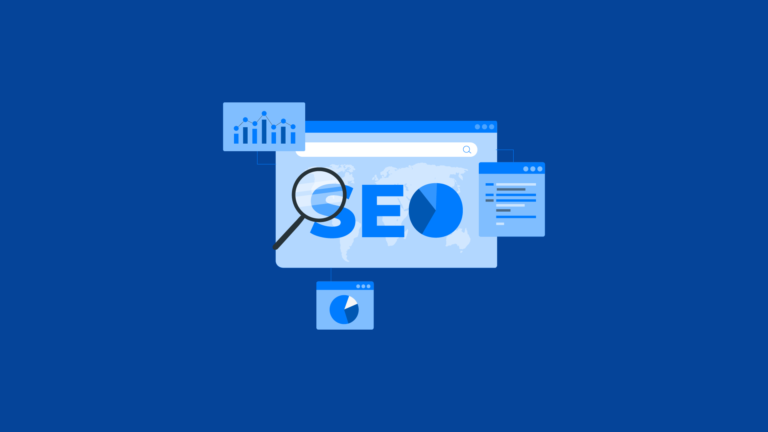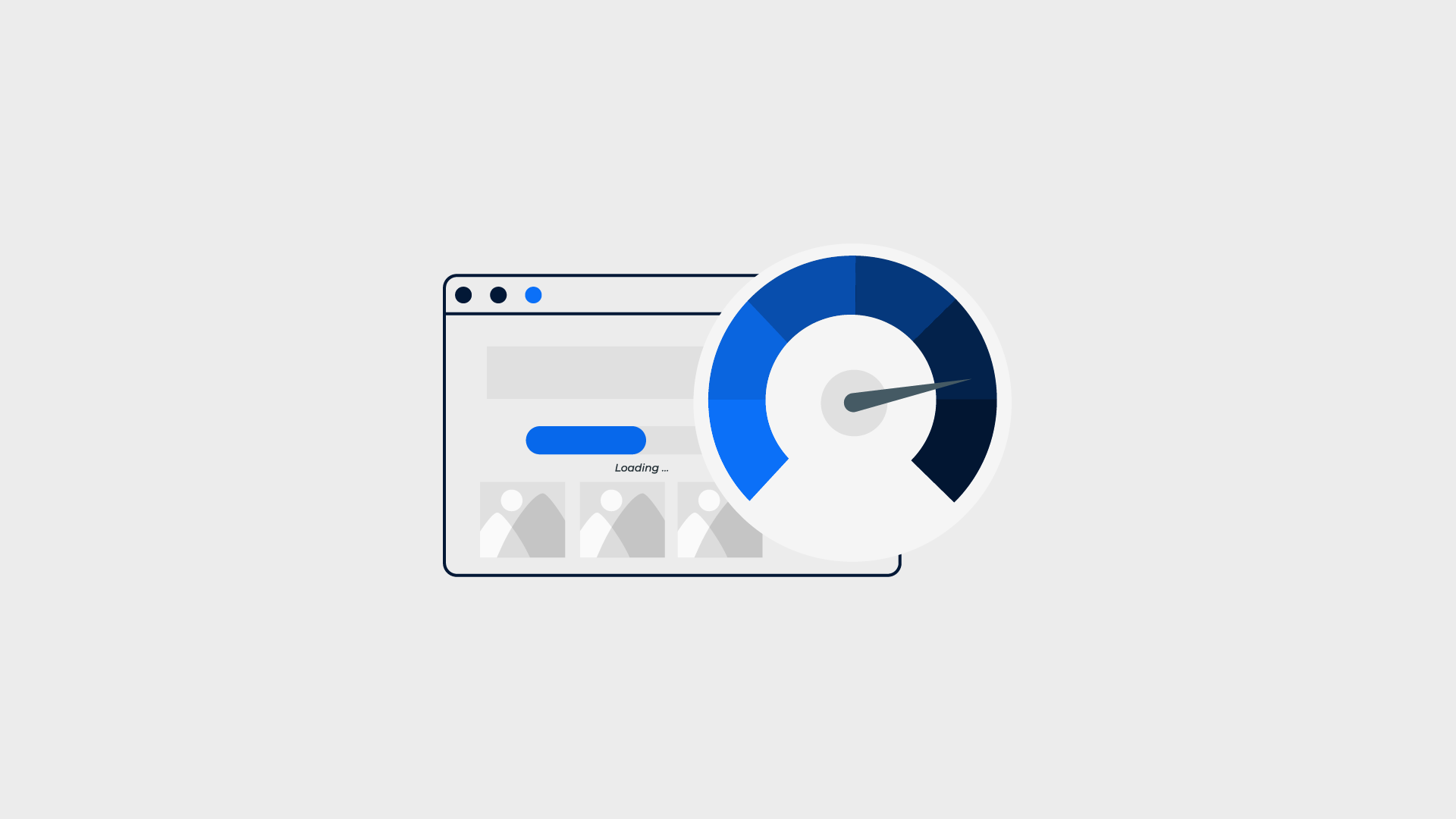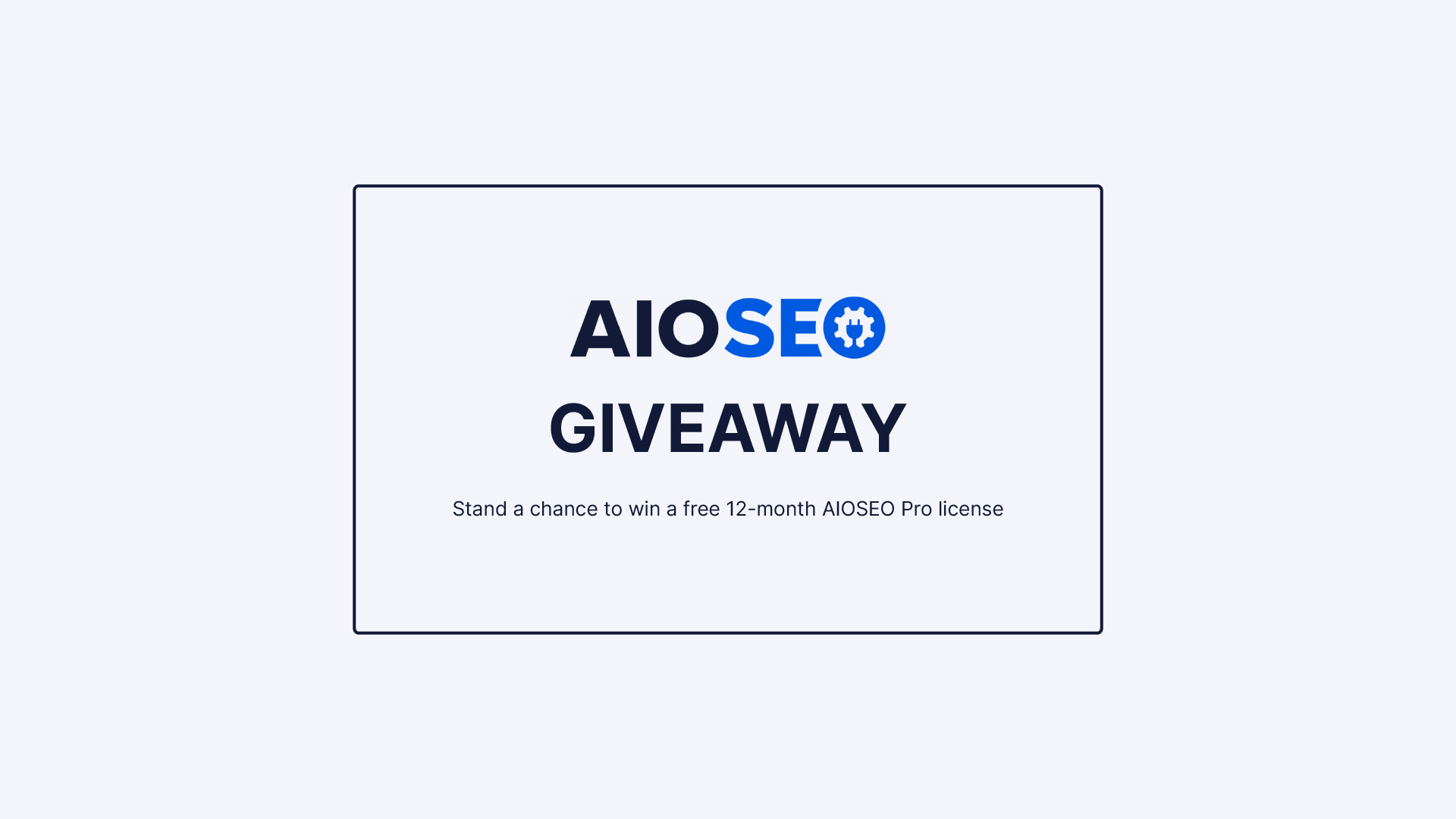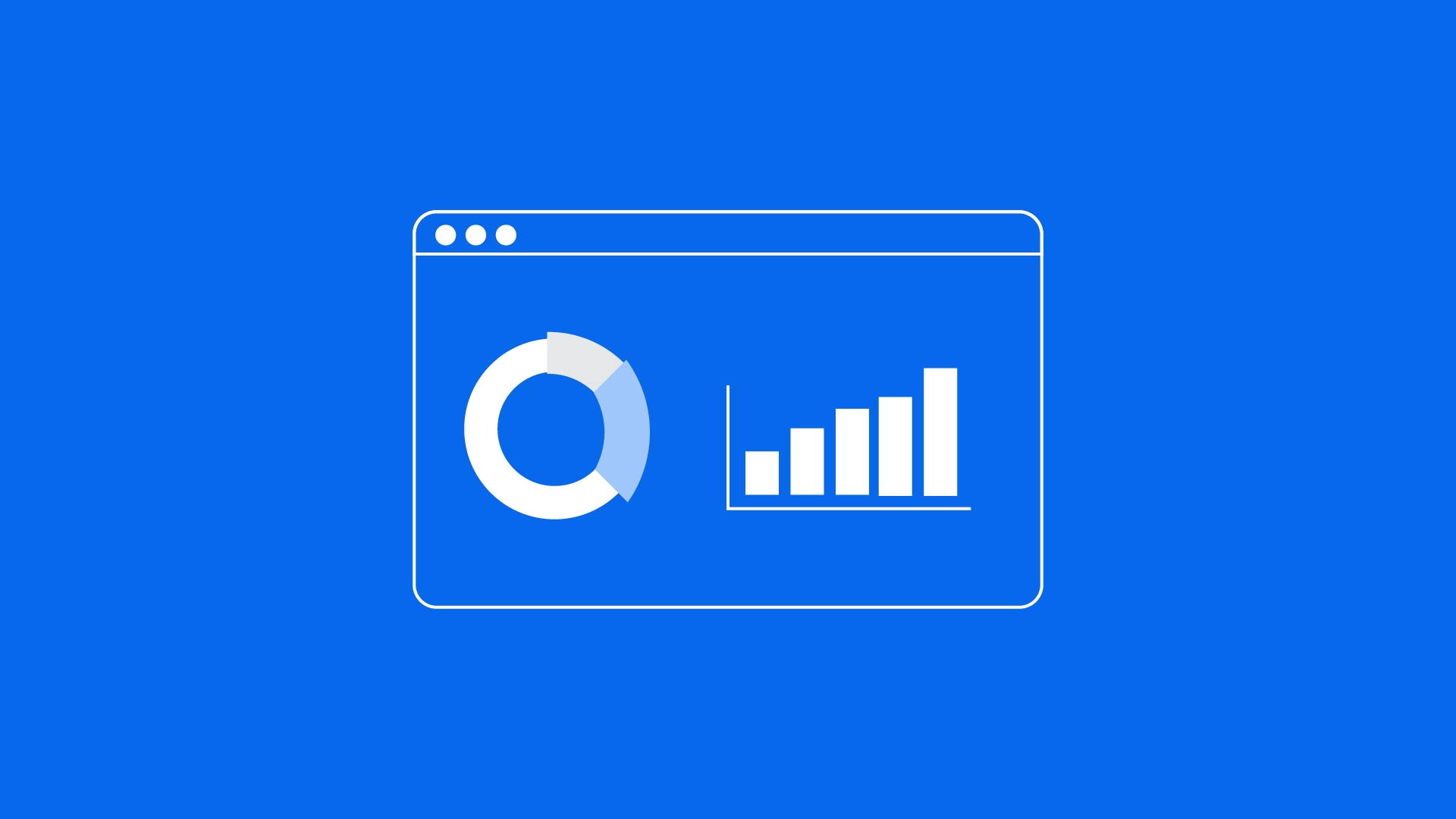|
Getting your Trinity Audio player ready...
|
Search Engine Optimization (SEO) is a fundamental part of modern online marketing. People conduct trillions of searches every single year, often with commercial intentions to find information about products or services.
In fact, according to DataReportal, there are now 4.95 billion global internet users searching for something online each month. This makes it one of the most effective ways to reach consumers across the globe.
The problem is that many companies don’t know how to optimize for search engines. They don’t understand what keywords to use, where to place those keywords, or how to measure success. And even worse, some businesses simply ignore search entirely and this results in them not getting traffic from organic search results.
But the good news is that you don’t have to be among the latter to reap the benefits of SEO. You just need to put yourself out there and make sure your site ranks high enough in the organic search results to attract visitors.
Let’s have a look into what SEO is and how you can use it to increase your site’s organic traffic from major search engines like Google.
What is SEO/ Search Engine Optimization?
Search engine optimization (SEO), is the process of improving the volume and quality of organic search traffic to your website through natural organic search results. In general, the earlier you rank in search results, the more visitors you’ll receive. This strategy often involves optimizing your content based on keywords people use when searching online.
The most important thing to know about SEO is that it’s competitive. Other sites are constantly trying to outrank yours, and there are constant changes to how search works. If you want to make sure you’re getting the best possible rankings, you have to keep up with what’s changing.
There are many different strategies for improving your SEO, including writing original articles, creating great meta tags, building high-quality link profiles, etc. But one of the easiest ways to start is by understanding some basics.
How Do Search Engines Work?
Search Engine Optimization (SEO) is a long-term strategy. There are no quick fixes to getting search engine rankings. If you want to rank high in Google, you must put in the effort over time. This is how search engines work and how they rank your content.
Search engines are libraries that contain billions of books. These books represent websites and web pages. A librarian can use the books in these libraries to answer queries. This is called crawling. Once crawled, the librarian reads each book and collects data about it. Based on this collected data, the librarian determines which books should show up first in the search results.
This is done based on hundreds of ranking factors or “signals.” Some of these signals include things like the number of words on a page, the number of times a word appears on a page, the length of the URL, whether there are images on a page, etc.
Once the librarian knows which books should rank highest, he/she sorts them by relevance and order. Relevance is determined by how many people are searching for something similar to what you offer. Ordering is determined by how easy it is to navigate to the next page.
All this process is taken care of by search algorithms for search engines.
Why is SEO Important for Digital Marketing?
Search Engine Optimization (SEO) is a foundational element of digital marketing. People use search engines to find information about products or services, and search is often the primary source for internet activity.
If you’re looking to grow your business online, it’s crucial to understand how search engines work. Search Engine Optimization (SEO), focuses on improving the visibility of a website within the search results for certain keywords. If you want to increase your organic traffic, you’ll need to optimize your site for SEO.
SEO helps you rank high in search results and thus increases your exposure to potential customers. Below are the reasons you need to have an SEO strategy.
Why is SEO Important for Digital Marketing?
Search Engine Optimization (SEO) is a foundational element of digital marketing. People use search engines to find information about products or services, and search is often the primary source for internet activity.
If you’re looking to grow your business online, it’s crucial to understand how search engines work. Search Engine Optimization (SEO), focuses on improving the visibility of a website within the search results for certain keywords. If you want to increase your organic traffic, you’ll need to optimize your site for SEO.
SEO helps you rank high in search results and thus increases your exposure to potential customers. Below are the reasons you need to have an SEO strategy.
Increased Visibility & Rankings
If people aren’t finding your products and services via a search engine, they probably won’t find you either. A well-optimized website helps ensure that potential customers have access to the information they want and need. This increases the likelihood that they’ll become loyal clients, and ultimately turn into paying customers.
When you draw up an SEO strategy you are targeting different search terms people use to find information so that you can give them the answers they are looking for. The more you create relevant pieces of content the more you will have a chance to rank high on search.
Higher Lead Conversions
A high-ranking position on Google gives you greater exposure to potential customers. When someone searches for keywords related to your product or service, they’re likely looking for solutions to specific problems. If your website ranks high enough in the search results, visitors will come across your site and read about your offerings. They might even decide to contact you directly.
The main thing you have to do for this to be possible is know the right target keywords you need to go after for your potential customers to find you online.
Better User Experience
When users can quickly find the information they seek, they’re less likely to bounce away from your site. This makes it easier for them to get what they came for, which means more conversions. It also improves user experience, since fewer clicks mean faster page loads.
One way you can improve user experience on your website is by using tools like Google Analytics, and Mouseflow to see how users interact with your website. If you don’t have a budget for SEO software these free tools together with a combination of other SEO and content marketing tools will help you achieve this.
More Organic Search Traffic
More visibility equals more traffic. People who know what they’re looking for will be able to find you easily. As a result, you’ll attract new customers who may not have been aware of your business before.
Your target audience finds your website through the use of keywords.
What is Involved in SEO?
Search engine optimization (SEO), also known as search engine marketing (SEM), is the process of improving the volume and quality of traffic to one’s website via natural (organic) search results.
Generally speaking, there are three main strategies involved in optimizing a web page for search engines — keyword research, internal linking, and external link building.
Keyword Research
The goal of keyword research is to find a list of keywords that best describe your product/service. In general, you want to choose terms that are highly relevant to your products/services but still contain a sufficient number of monthly searches to keep your costs under control.
You’ll know whether a term is sufficiently competitive when you see how many times it appears on the first page of a search results page (SERP). If it doesn’t appear often enough, it could indicate that it isn’t very popular. On the flip side, if it appears too often, it probably indicates that people aren’t looking for what you offer.
Internal Linking
When creating high-quality content, make sure to include internal links within the body text itself. This helps both users and search engines understand the context of each piece of information. Search engines will crawl the linked pages and index them accordingly. Users will enjoy finding related information without having to leave your site.
External Link Building
Link building involves getting other sites to link to yours. When someone else mentions your brand name, it’s called “brand lift.” Getting links from authoritative sources like Wikipedia, Digg, Yahoo Answers, etc., is especially important because those sites rank higher than others.
How to Optimize Your Site for Google
Search engines like Google use many algorithms to determine what information appears on the front page of a search results page. These algorithms include things such as how often you type keywords into the search bar, where you type those keywords, and even the words you searched for.
In addition, there are hundreds of ranking factors used by search engines to determine what web pages show up on the front page of search results. Google has over 200 ranking factors, and these are the factors you will use to help your website rank.
The goal of SEO is to make sure that your website ranks high enough in the search engines to appear on the front page of the search results. This way, people searching for something related to your topic will find your website.
You can do this by making sure that your website meets certain criteria. For example, you want to ensure that it contains relevant and useful information, that it loads quickly, and that it doesn’t contain anything illegal.
Here are some Google ranking factors to consider.
Crawlability
Google needs to needs to know if a web page exists before ranking it. For this to happen the Googlebot crawls every URL on your site to index it properly.
But sometimes, there are things about your site that make it difficult for Googlebot to crawl. These issues include broken links, missing files, and redirects. If Googlebot doesn’t find something, it won’t index it, meaning it won’t show up in searches. This can hurt your rankings.
Poor internal linking can prevent Googlebot from crawling your entire site, even though you’ve done everything correctly. You probably know that each page needs to link to at least one other page within your site.
For example, if you’re selling shoes online, you’d want to link to different styles, sizes, colors, etc. To do this, you’ll use anchor text like “buy blue sneakers,” “see our latest arrivals,” or “how to tie a bowtie.”
Nofollow tags don’t let the search engine understand how important certain links are. They just think the link isn’t worth anything. So when someone shares a link to your site on social media, nofollow prevents Google from seeing the value of that link. Links without nofollow tags are still counted toward your overall link profile.
Internal links help your site rank higher in search engines. When people type keywords into Google, they look for sites with lots of relevant content. Sites that have lots of internal links tend to rank higher because Google thinks those pages contain great information.
Pages that aren’t indexed will always rank poorly in search engines. Every page on your site must be indexed by Googlebot. Otherwise, Google won’t be able to find it. Make sure you have robots.txt set up to allow Googlebot access to all pages on your site.
Robots.txt lets you control which pages are visible to Googlebot. By adding a few lines to your robots.txt file, you can tell Googlebot exactly where to go on your site.
A good SEO audit will help identify which pages might be hurting your rankings. An SEO audit looks at your URLs, meta descriptions, images, headers, and footers. Once you figure out why some pages are doing badly, you can fix them.
Mobile-Friendliness
Google wants to make it easier for people to find what they are looking for online. To do that, it needs to ensure that every device — desktop computers, tablets, smartphones, and even smart speakers like the Amazon Echo — displays webpages properly. This process is called “mobile friendliness.”
Having a mobile-friendly website is key to winning attention from Google searches. This is because according to Statista, 63% of Google searches are from mobile devices.
The problem is that many websites aren’t designed to look great on small screens. In fact, according to a recent study conducted by the Pew Research Center, nearly half of Americans say they use their smartphone primarily for checking email and social media.
These devices are often used while sitting down, making it difficult to read the text and navigate complex websites. As a result, most sites don’t display well on smaller screens.
In addition to mobile-friendliness, Google’s algorithm now includes features such as responsive design, which makes a website adaptable to different screen sizes, and speed, which helps determine how quickly a page loads.
If you want to make sure your website meets Google’s standards for mobile friendliness, there are several tools you can use. One of the easiest ways to check whether your site is mobile-friendly is to open up the Google Search Console and enter some basic information about your website into the URL bar.
You’ll see a list of errors pop up in the developer console. Most of these issues relate to things like missing images or JavaScript code. You can fix these problems by adding relevant tags to your HTML code. Another way to improve your mobile friendliness is to optimize your website’s loading times. A faster website generally performs better in Google’s eyes.
Pagespeed
PageSpeed is an important ranking signal for Google. It’s one of the most important signals used by Google to determine how well a web page ranks.
If you want to know what Google thinks about your website, check out PageSpeed Insights. This free tool analyzes your site’s speed and tells you where improvements are needed. You can even use the insights to make sure your site loads fast for visitors.
Check out the performance of your sites via Google’s tool. Then select View Report. Scroll down to see the Page Speed score.
Alternatively, use SEMRush’s site audit tool to get a quick overview of your site’s performance.
Search intent
Finding a keyword or keywords that you want to rank for is easy. Just paste a topic into a keyword research tool like SEMRush’s Keyword magic tool, then look for relevant keyword ideas with search volume.
Search queries will show you the user’s search intent you will find on Google’s suggested searches, or in the People also ask section. A featured snippet indicates that the user wants specific information. For example, a user might enter “how to make money online.” In that case, the featured snippet contains the answer to this question.
In contrast, a regular snippet appears below the featured snippet. These snippets contain basic information such as the number of times a particular keyword appears on a web page. They’re useful because they provide context for the visitor.
Once you understand what people are asking, you can begin writing headlines that match those searches.
Next, consider the words that people are typing into Google. What phrases do they use to find the type of content you provide? Is it “how to make money,” or “best ways to make money”? Or perhaps it’s “make money online,” or “online jobs.” These are all good places to start.
Finally, pay attention to what people are actually clicking on. If they’re clicking on ads, that’s great news. Ads are designed to pull people away from the main search results and towards the paid listings. But if they’re clicking on articles, that’s even better. Articles are designed to draw readers toward the actual content on your site.
Now that you know what people are doing when they come to your site, you can start thinking about how to incorporate that knowledge into your content marketing strategy.
Backlinks
Google’s ranking algorithm is based on what it calls “PageRank.” This is how Google ranks every single webpage on the internet.
Basically, Google looks at everything else out there, and says, “What are people linking to this?” So if you have lots of links pointing to your site, Google thinks you’re important. If you don’t have many inbound links, Google doesn’t consider your site an authority.
So let’s say you have a bunch of links pointing to your blog post about dog training. You’ve written some great information, and now you want to make sure that people find it.
You could pay someone to build a ton of links to your blog post, or you can do guest posting or guest blogging on other websites and link to your site. This is part of your off-page SEO tactic.
This is where things start getting interesting. Because Google isn’t actually looking at the words on your page. Instead, it’s looking at the actual links themselves. What does this mean? Well, imagine you had a massive list of all the websites that linked to your page.
Then, imagine those sites each had their own list of pages that linked back to them. That would create a huge chain of links. And when Google sees that, it assumes that your content is really valuable. It gives it more weight than other pages that aren’t connected.
This is called backlink building. The idea behind it is simple: Build links to your site from other high-quality sites.
Backlinks Are The Most Important Link Building Tactic
The number one way to build backlinks is to earn them naturally. You can do this by creating useful content on your site that people find interesting and helpful. This includes blog posts, product reviews, and videos. As long as it adds value to the reader, people will naturally link to your content.
A Site With Many Backlinks Will Rank Better Than One With Fewer Backlinks
When it comes to link-building tactics, there is a general rule that says that the more links you have, the better off you are. When you have lots of links pointing to your site, it tells Google that your site is trustworthy, authoritative, and relevant. In turn, this helps boost your rankings.
Authority
Google uses several factors to determine how well a web page ranks, including authority, quality, relevance, and trustworthiness. If you want to know what makes a good authority page, look no further than the top 10 results for your queries.
These sites tend to have high domain authority scores, meaning they have been around longer and have built up more credibility over time. They are often considered leaders in their niche, and they are likely to be trusted by searchers.
Content quality
Google wants to provide the best possible answer to searchers’ questions. To do this, it looks for content-related signals such as authority, expertise, and credibility. Collectively, they are known as “EAT.”
Freshness is another important factor; if you search “best router,” you’ll notice that most of the results are recent. This is because Google uses a variety of factors to determine what appears on the first page of results.
Don’t worry too much about PageRank. Instead, focus on creating high-quality content. If you rank well organically, you’ll attract more visitors.
Ranking changes constantly. Don’t obsess over them.
Focus on creating great content rather than chasing down rankings. Creating great content starts with coming up with a great content strategy. Your content strategy should address different types of keywords, informational, commercial, and navigational. This will help you also answer your user’s questions along the customer journey or buyer’s journey.
Grow your Organic Search Traffic with SEO
Search engines are constantly changing how they work. They’re evolving. And while we’ve done our best to keep up, it’s impossible to know exactly what they’ll look like tomorrow.
Knowing how search engines work and what they look for when ranking content is key when trying to create content to rank well. That said, search engine algorithm changes happen all the time and there’s no guarantee that what’s important today will still be relevant tomorrow.
Generally speaking, the most important things remain consistent over time. Search engines are always looking for certain types of information, such as authority, relevance, and trustworthiness, among others. These attributes help determine where a piece of content appears in search results.
If you want to learn more about SEO, check out our this blog post on a complete SEO checklist for your web pages.







